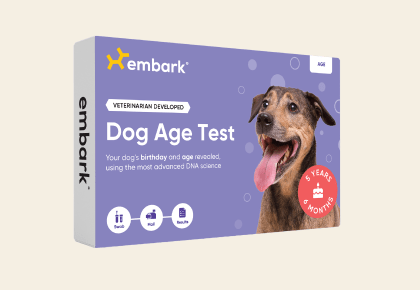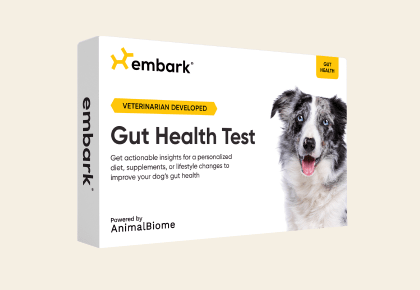Primary Open Angle Glaucoma
Glaucoma is the result of high intraocular pressure, and if left untreated, can lead to pain and vision loss. The "angle" of primary open glaucoma (POAG) refers to the intersection of the cornea and the iris: this is where aqueous humor (clear fluid filling the eye) must flow to exit the eye. In open angle glaucoma, the iridocorneal angle remains unchanged, and other factors contribute to increased resistance to outflow.
-
Signs and symptoms
Symptoms can appear suddenly and quite dramatically. Affected dogs’ pupils may be abnormally dilated and the vessels on the surface of the eye may appear engorged. Your dog may also be averse to bright light, shake their head, or paw at their eyes.
Glaucoma has an adult onset. -
Diagnosis
Veterinarians perform a complete ocular exam and use a device to measure the intraocular pressure of the eye to diagnosis glaucoma. At risk dogs are often tested at their yearly exam.
-
Treatment
With early diagnosis, glaucoma can be managed with a variety of medical and surgical options. In severe end-stage cases, surgical removal of the affected eyes may be indicated.
-
What to do if your dog is at risk
Actions
- While both eyes are usually affected with glaucoma, one is often affected before the other. In these cases, many studies indicate that prophylactic treatment of the unaffected eye can significantly prolong its health and vision.
- Left untreated, the unaffected eye usually develops glaucoma within a year, whereas prophylactic treatment can extend the health of the eye to two and a half times that.
-
Genetic Information
This mutation was first described in Basset Hound.
This mutation is inherited in an autosomal recessive manner; that is, a dog requires two copies of the mutation to show signs of the disease.
Gene names:
ADAMTS17 ‐ chr
Inheritance type:
recessive
Citations:
-
Breeds affected
This health condition affects the following breeds
Learn about your dog’s unique genetic health
Dog owners
Breed identification, health and trait insights, personalized care recommendations, and the world’s first canine relative finder—all in one leading dog DNA test.
Learn about the report for dog ownersShop the test
Breeding programs
Embark’s test for breeding programs is one comprehensive DNA test designed with your needs in mind.
Learn about the report for breedersShop the test











